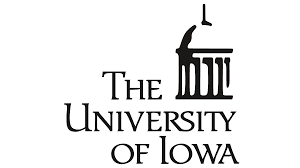

At The University of Iowa, located in Iowa City, Iowa, salary expectations for faculty and staff are determined by a variety of factors including role, academic rank, years of experience, and field of expertise. Salaries often vary significantly between disciplines, with higher compensation typically offered in fields like medicine, engineering, and business compared to humanities or social sciences. The university adheres to a structured pay scale for many positions, and while some salary data for public employees is accessible due to state transparency laws, comprehensive and detailed salary bands for all roles are not always publicly published in a centralized format. Employees are generally compensated based on market benchmarks and internal equity considerations.
Salaries at The University of Iowa are generally competitive within the context of public universities in the Midwest, often benchmarked against peer institutions in the Big Ten Conference. As a public institution, compensation aligns with state funding and budgetary constraints, which can limit rapid salary growth compared to private universities. However, faculty and staff may benefit from structured progression through academic ranks or administrative promotions, alongside benefits like retirement plans and health insurance. While exact figures for individual roles may vary, the university’s commitment to transparency for public sector salaries allows for some insight into compensation trends, though detailed data may require specific departmental inquiries.